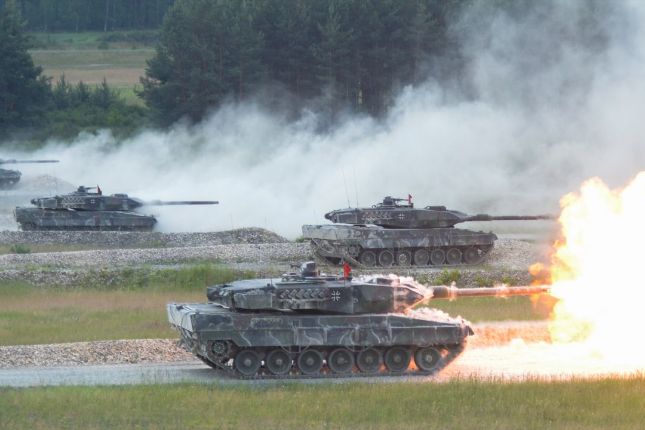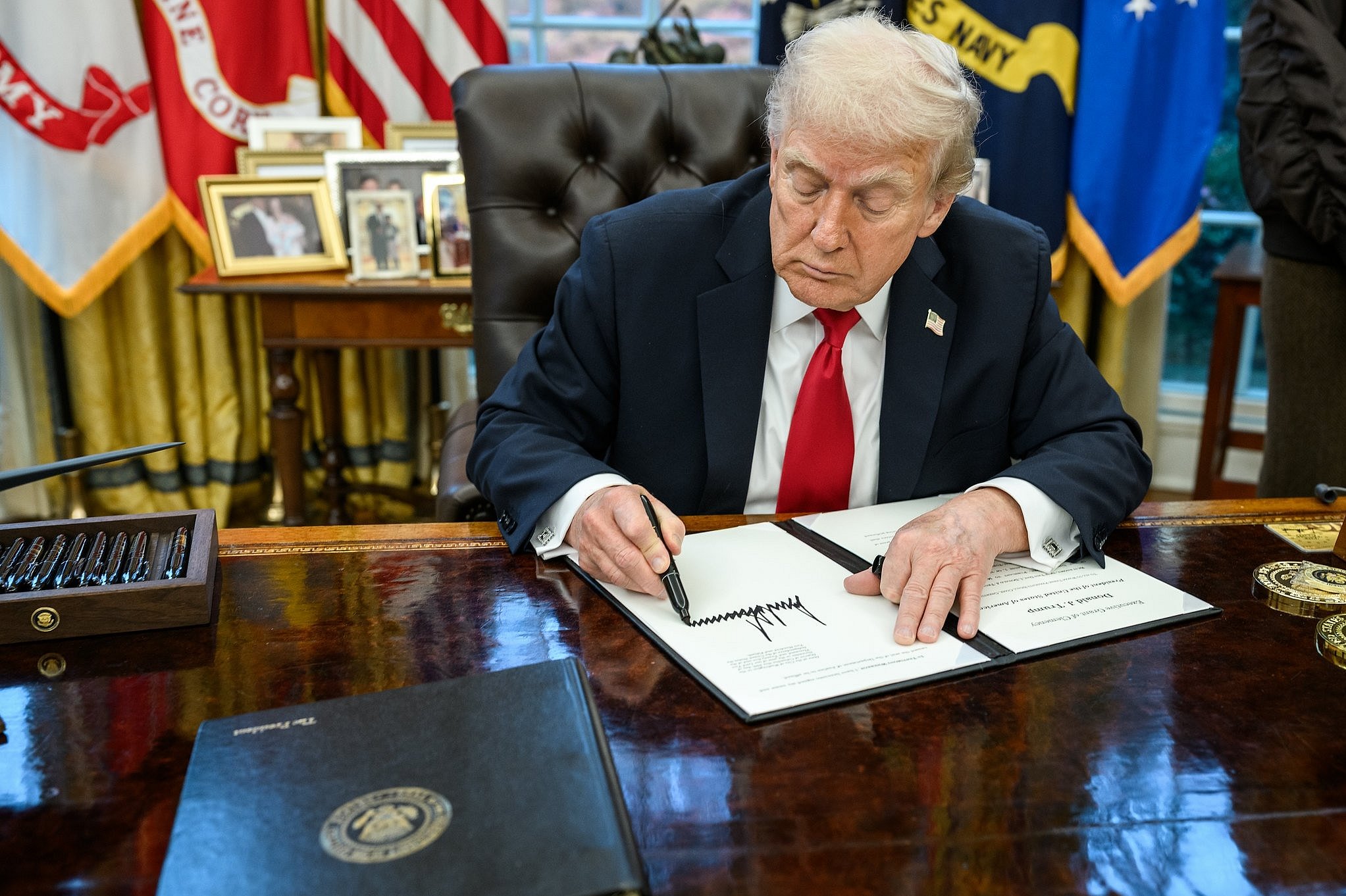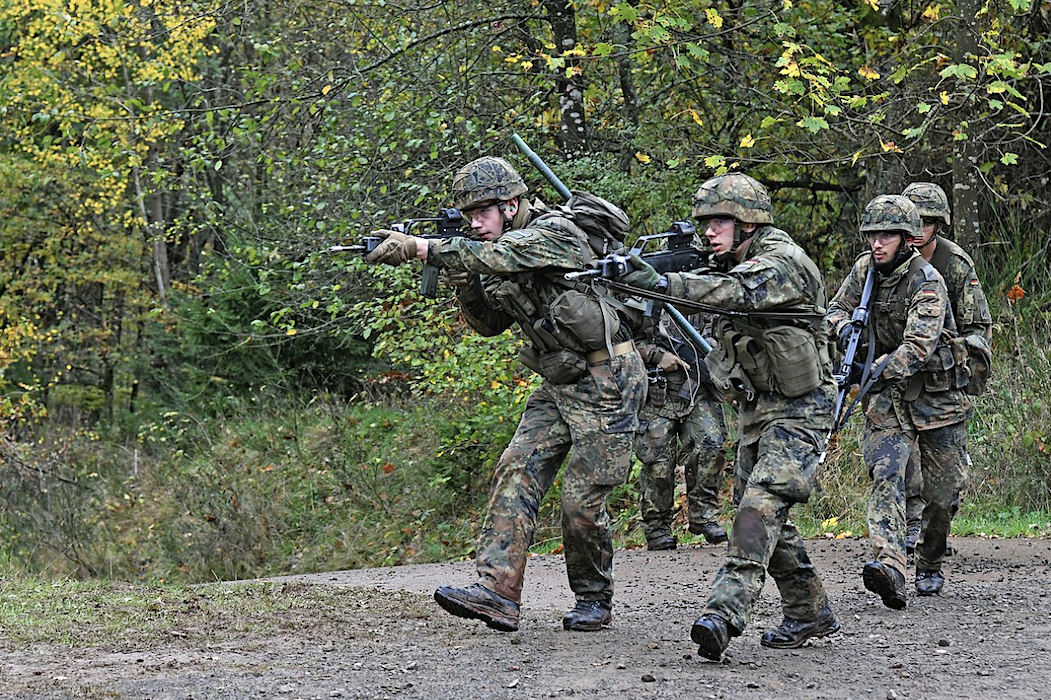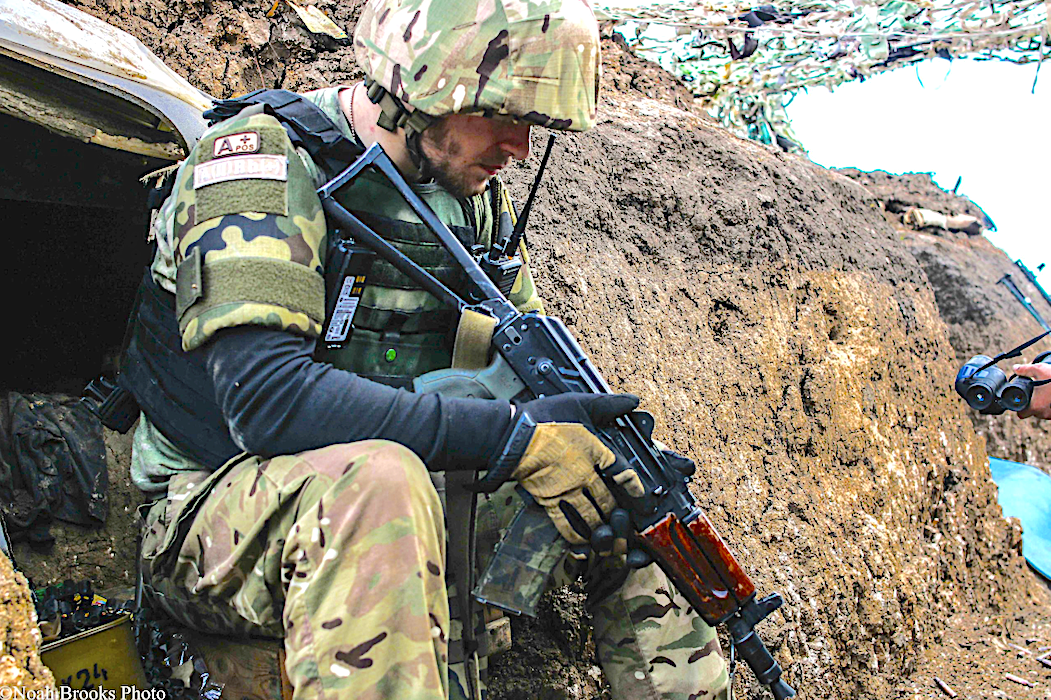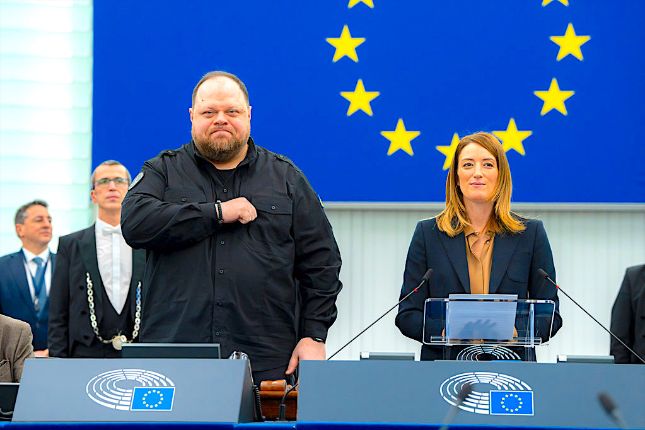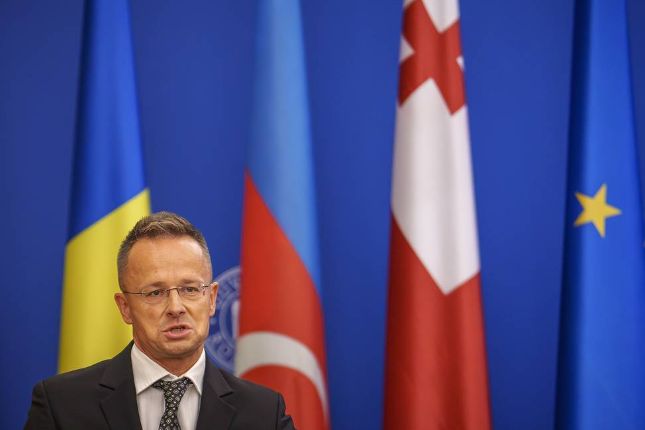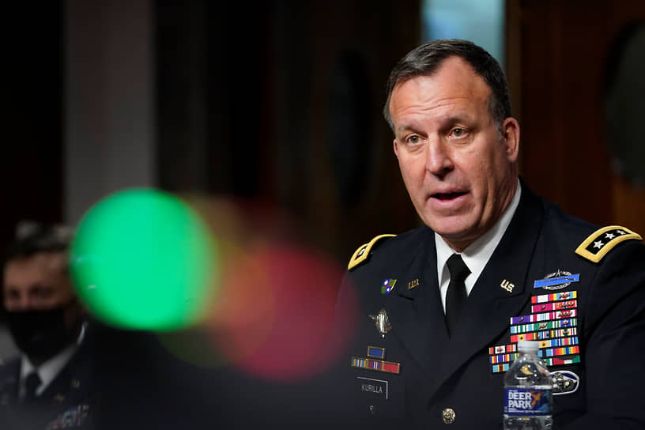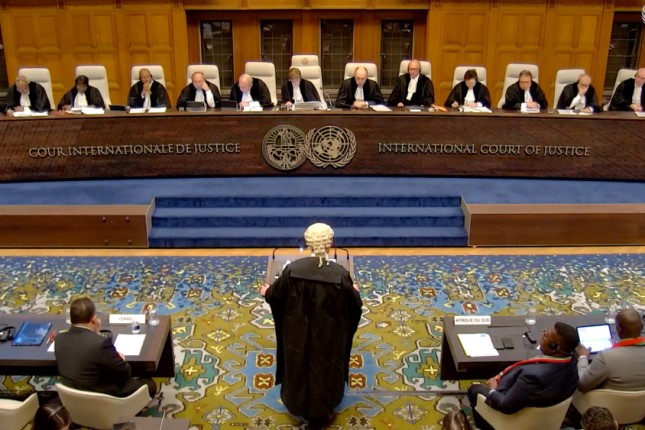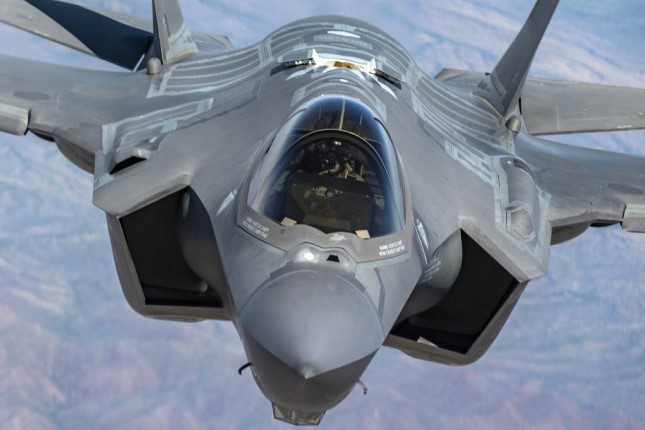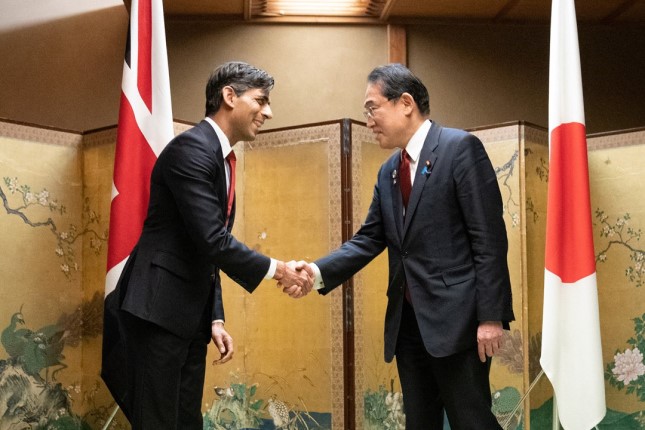Ahead of the NATO summit in Washington July 9-11, where the military alliance will decide on a massive escalation of its war against Russia, the German government is systematically pushing ahead with massive rearmament plans. A €1 billion armaments’ project follows next, and politicians and the media are overflowing with demands for even faster militarisation in order—in the words of Defence Minister Boris Pistorius (Social Democratic Party, SPD)—to become “ready for war” again.
At its last meeting before the summer break on Wednesday, the Parliamentary Budget Committee approved further armaments projects worth billions. In a press statement after the meeting, Pistorius boasted that “numerous large-scale projects from the Defence Ministry were once again on the committee’s agenda today.” Overall, we can look back on “a successful first six months,” he said. We have “shown that we are getting to work and that we are shaping the [foreign policy] new era.” After all, the armed forces “development projects are at the heart of the new era.”
According to Pistorius, 42 so-called €25 million legislative bills totalling €27 billion had been approved by parliament in the last six months alone. This Wednesday, the focus was on the procurement of 105 Leopard 2A8 battle tanks worth almost €3 billion. According to reports, the tanks are to be delivered to the army by 2030 at the latest. In fact, 35 of them are to be available by 2028 to reinforce the planned German combat brigade in Lithuania.
In other words, the armour upgrade is aimed directly at Russia. In a classified document for the Budget Committee, quoted by Der Spiegel, it says, among other things, that the brigade would be “one of the first elements of forward defence in the NATO alliance.” The “best possible and standardised equipment” of the brigade was therefore essential. The modernisation and reinforcement of the German army’s armoured forces as a whole was a “high priority” for the Bundeswehr (armed forces).
For the German army, the order means a significant expansion of its fleet of tanks. The Bundeswehr currently has just over 300 Leopard main battle tanks. The new procurement would increase the fleet by more than a third. And that would only be the beginning. Politicians and the media regularly point out that the Bundeswehr still had more than 3,000 battle tanks at the time of the Cold War—before it was “cut to the bone.”
A look at the Bundeswehr’s official website shows which war plans and criminal traditions the ruling class is once again following with its tank plans. There, an article on the “armoured troops” of the Bundeswehr openly praises Hitler’s “panzer general” Heinz Guderian, who played a key role in the war of annihilation against the Soviet Union, as a “mastermind for the design of a modern armoured force.”
Guderian had already recognised after the First World War how effective “the massive use of tanks” was. “With the rearmament in National Socialist [Nazi] Germany,” Guderian was then able to “implement his ideas on the organisation and deployment of the armoured force.” “They were the basis for the blitzkriegs of the German Wehrmacht [army] in the Second World War,” the text continues. His “concept” envisaged “providing the armoured units with all the necessary support as they advanced. This included engineers, artillery, repairs and infantry.”
Today, the German government is working on all of these elements and developing a veritable war economy, which is supported by the same armaments companies that were already arming the Wehrmacht. At the beginning of this week, Rheinmetall received the largest order in the company’s history from the Bundeswehr in the logistics vehicle segment. The signed framework agreement covers the delivery of up to 6,500 lorries worth up to €3.5 billion.
Just a few days earlier, the armaments giant had signed the largest order in its history with the Bundeswehr. It involves the delivery of 155mm artillery ammunition worth up to €8.5 billion. The original framework agreement, which has been in place since July 2023 and is worth around €1.3 billion, has thus been increased by €7.2 billion. The exact number of projectiles ordered was not disclosed, but it is in the millions. It is also clear that some of these will go directly to the war regime in Kiev. “The customer will primarily be the Federal Republic of Germany, which will make some of the deliveries available to Ukraine,” said Rheinmetall CEO Armin Papperger after the contract was signed.
In addition to the army, the navy and air force will also be comprehensively upgraded. In mid-June, the budget committee approved the financing of two additional type 126 frigates. The costs amount to around €3.18 billion, which will come exclusively from the defence budget. “With a total of six frigates of this type, we will not only be operational, but also sustainable,” boasted Pistorius at the keel laying ceremony for the first type 126 frigate on 3 June in Wolgast.
At the beginning of June, at the opening of the International Air Show (ILA), Chancellor Olaf Scholz announced that the air force would be strengthened more quickly. He stated that “20 more Eurofighters will be ordered before the end of this legislative period—in addition to the 38 aircraft currently in the pipeline.” Based on the average price of €130 million, the total cost of the 58 Eurofighters will be around €7.5 billion.
According to Der Spiegel, the Bundeswehr is also considering the purchase of eight more F35 fighter jets. At the end of 2022, the Bundestag Budget Committee had already approved around €10 billion for the procurement of 35 US F-35 Lightning II stealth bombers capable of carrying nuclear weapons. The first are to be delivered from 2026. “A further tranche of eight jets would currently cost around €1 billion,” writes Der Spiegel.
Another bill including spending running into the billions, which was approved by the budget committee, aims to procure four more Patriot air defence systems for a total of €1.35 billion. According to Pistorius, this is to replace the missile batteries that the Bundeswehr has handed over to Kiev and to further increase the air force’s inventory, which currently has nine Patriot systems.
The massive rearmament projects are a declaration of war on working people in two respects. They emphasise how aggressively the ruling class is working to prepare the German army for another major European “land war”—as the self-appointed “armaments industry minister“ Robert Habeck (Greens) recently put it. And they provide an indication of the extent to which the war budget, which already stands at over €90 billion this year, will continue to explode in order to finance the armaments programmes.
In his statement after the Budget Committee meeting, Pistorius announced the government’s new armaments principle: “We will now turn the tables. We’re not going to order what we can afford based on the budget, but what we need for the country’s defence capability.” The new battle tanks, frigates and missile systems were neither covered by the Bundeswehr’s €100 billion “special fund,” which has already been used up, nor by the current budget. They have been ordered “on the basis of so-called commitment authorisations.”
As a consequence, this means that the recently announced plans for billions in cuts to the citizens’ allowance (welfare payments) are only the first signs of the largest war and austerity budget in the history of the Federal Republic, which the government coalition parties are currently working on behind the scenes.
Photo: German Leopard tanks practice in Grafenwöhr © 7th Army Training Command / flickr / CC BY 2.0.
Source: World Socialist Web Site.
